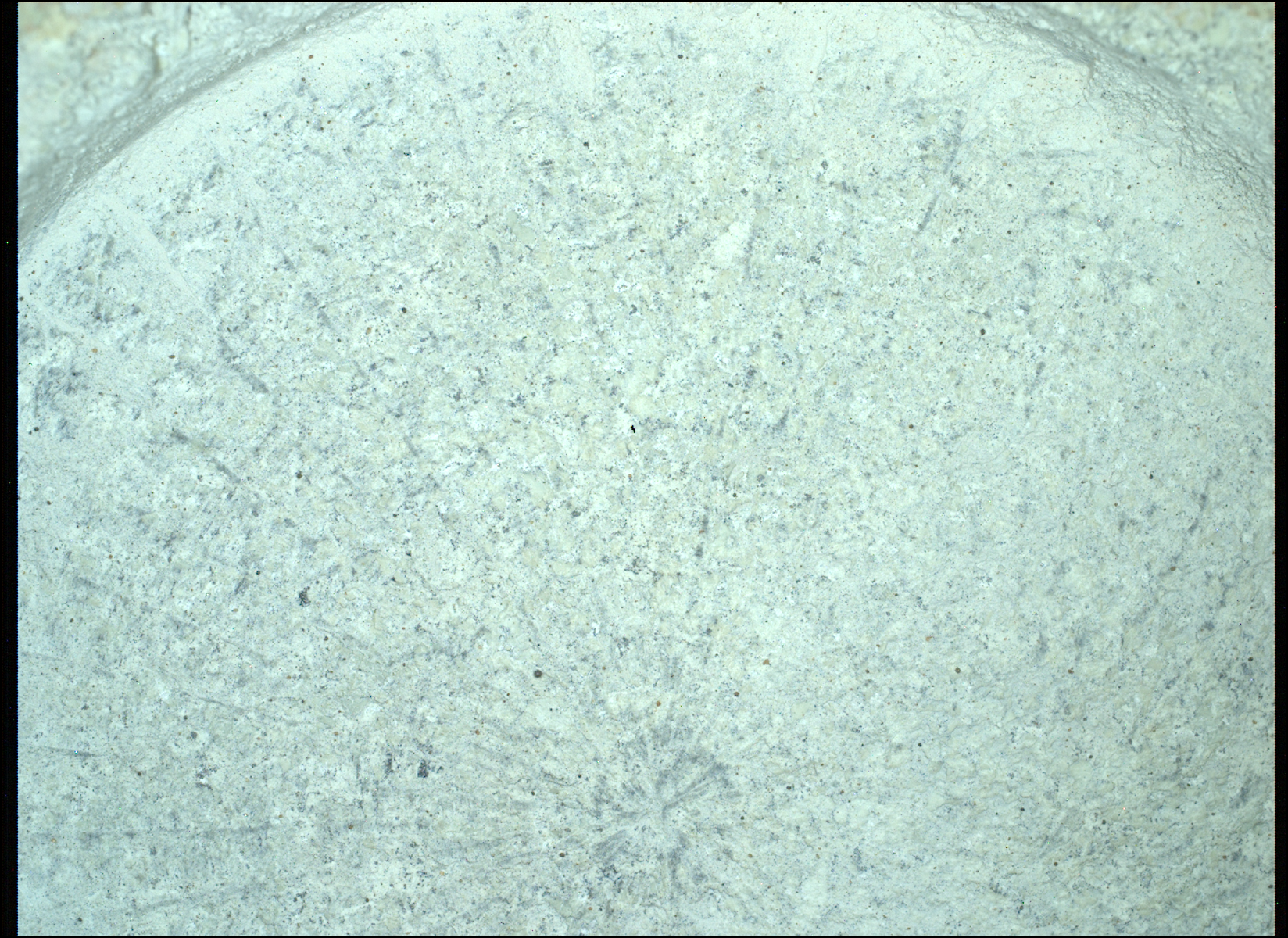Perseverance’s drives over the last few weeks have doubled back several times. Why such an unconventional route? Team scientists have been delighted to find new kinds of rocks that could be the oldest ever found on Mars and are eager to collect samples.
Perseverance embarked on the Crater Rim Campaign in search of ancient uplifted rock, to better understand the geologic processes occurring early in Mars’ history, and search for ancient habitable environments. Recent discoveries have not disappointed: so far in this portion of the rim, every outcrop that the rover has taken a close look at using the science instruments on its robotic arm has ended up being something new. As explained in the previous update, after acquiring the “Silver Mountain” core, which is rich in the mineral pyroxene, Perseverance approached a nearby rock that had signatures of the mineral serpentine, fittingly nicknamed “Serpentine Lake.” Following this, the rover used its abrasion tool to clean the rock of dust and coatings for detailed scientific interrogation, and the team was wowed by the intriguing rock texture, which resembles “cookies & cream” dessert (see photo above), and the very high abundance of minerals like serpentine, which form in the presence of water.
After finishing that investigation, the operations team decided to have Perseverance head back along its path once more to the site of its first abrasion in this part of the rim, named “Cat Arm Reservoir,” to acquire a sample. Results from that earlier analysis showed a rock texture with coarse pyroxene and feldspar crystals consistent with an igneous origin. However, the sample tube turned up empty. What happened? Perseverance has encountered this problem before: flashback to our first ever coring attempt. It’s not a common occurrence, but sometimes the rocks Perseverance tries to sample are so weak that upon coring they essentially disintegrate into a powder instead of remaining in the tube. The rover drove to a nearby spot and tried again, but when a second attempt to core this rock did not retain any sample, the team decided to move on.
This week, Perseverance will return once again to the site of the Serpentine Lake abrasion patch to acquire a core of this fascinating rock, which records intense alteration by water. The team hopes that it will prove strong enough to acquire a core, and if successful, Perseverance may perform more scans on the abrasion patch. Afterward, the plan is to drive downhill to an area called “Broom Point,” home to a spectacular sequence of layered rock, where I’m sure more surprises and exciting scientific discoveries await.
Written by Athanasios Klidaras, Ph.D. student at Purdue University



An empty sample tube can be reused or is simply considered lost? They don’t must have much more tubes remaining.
Unless sealed, an empty tube can be re-used many times. The 2 sample attempts that failed recently were both using tube serial number 060, that tube was successfully used again yesterday, so all is good. Earlier in the mission they used to automatically seal a sample in one continuous operation on the same day as drilling, but when the images came down they saw that they had lost the core. Because that tube was sealed, it was not a total disaster as they wanted to get an atmospheric sample anyway, so they just reclassed it an atmospheric sample. These days they appear to wait until they have images from the measuring station before commanding the rover to seal the tubes.
Note the sample acquired yesterday has not yet been capped / sealed (according to the images they have downlinked so far) This could be a recurrence of an earlier issue where they had difficulty in sealing sample tubes, so it may take time to fix.
They have gathered 27 samples in the 38 tubes they took (the 27 includes the one acquired yesterday. The have 2 of the 5 ‘Witness Tubes’ left to seal. Of the 43 tubes Perseverance brought to Mars, 38 are for collecting samples, and five are “witness tubes” designed to document the cleanliness of its sampling system throughout the mission. Three witness tubes have been sealed: on Sol 160 (June 22, 2021), Sol 499 (July 16, 2022), and Sol 586 (Oct. 14, 2022). The third witness tube, sealed at the “Amalik” sampling location, was placed in the rover’s backup sample depot.
You can read about the different samples acquired so far on this link - https://science.nasa.gov/mission/mars-2020-perseverance/mars-rock-samples/
That was a lot of useful information. Thank you!
Glad to try and help when anyone has questions :)